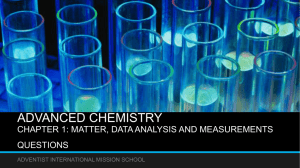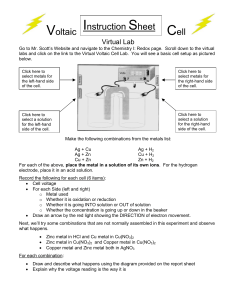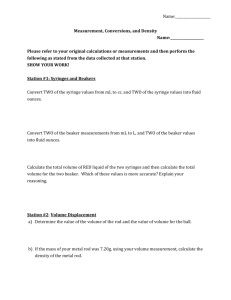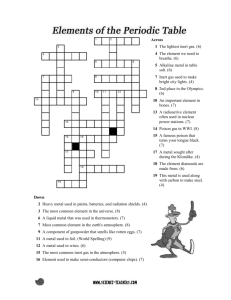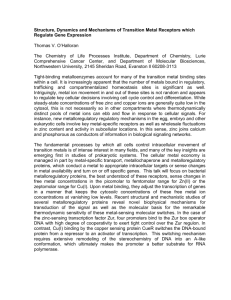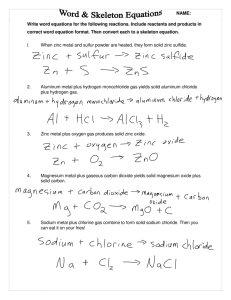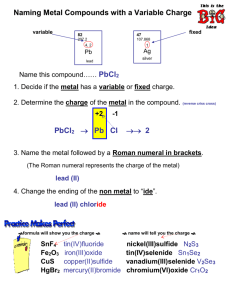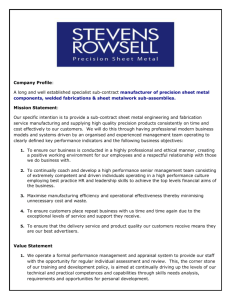Physical & Chemical Properties Worksheet - High School Chemistry
advertisement
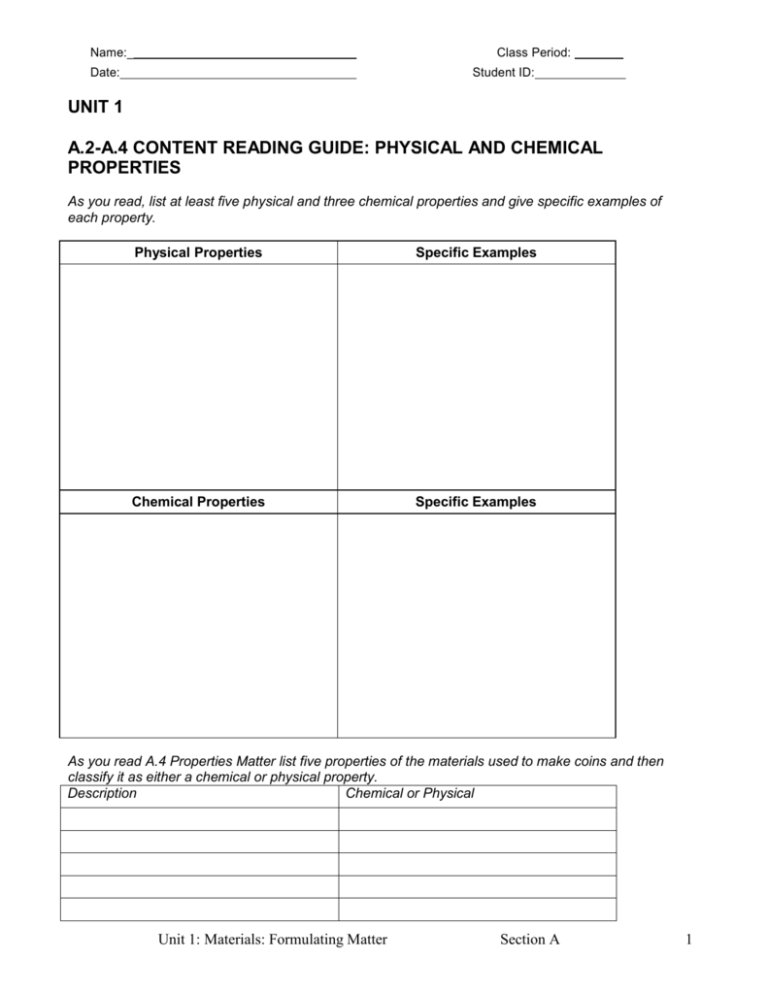
Name:_ Class Period: Date: Student ID: UNIT 1 A.2-A.4 CONTENT READING GUIDE: PHYSICAL AND CHEMICAL PROPERTIES As you read, list at least five physical and three chemical properties and give specific examples of each property. Physical Properties Specific Examples Chemical Properties Specific Examples As you read A.4 Properties Matter list five properties of the materials used to make coins and then classify it as either a chemical or physical property. Description Chemical or Physical Unit 1: Materials: Formulating Matter Section A 1 Name:_ Date: Class Period: Student ID: A.3 EXTRA PRACTICE: PHYSICAL AND CHEMICAL PROPERTIES Physical properties are properties that can be determined without altering the chemical makeup of a substance. Chemical properties relate to the types of chemical changes that a substance undergoes (or doesn’t undergo). Using the space provided, classify each of the following statements as describing either a physical property or a chemical property. 1. Gallium, used primarily in semiconductors and light emitting diodes (LEDs), is a soft, silver-colored metal. 2. Helium is used to fill blimps because its density is lower than that of air, thus enabling these crafts to float. 3. Zinc metal burns in air to form zinc oxide. 4. Sodium metal must be stored under kerosene or nitrogen because of its high reactivity with oxygen and water. 5. Bromine is a reddish-brown element, is the only nonmetallic element that exists in the liquid sate at room temperature. 6. Isopropyl alcohol (also known as rubbing alcohol) readily evaporates when it is placed on your skin. 7. Carbon dioxide and water are produced when gasoline undergoes combustion in a car engine. 8. More energy is required to raise the temperature of 1 g of water than is needed to raise the temperature of 1 g of any metal. 9. The compound boron nitride is almost as hard as diamond and is used for glass and diamond shaping and cutting. 10. Hydrogen sulfide is removed from the natural gas used to heat homes through a reaction with oxygen. 2 Chemistry in the Community, 6th Edition © 2012, ACS Name:_ Class Period: Date: Student ID: Unit 1: Materials: Formulating Matter Section A 3


